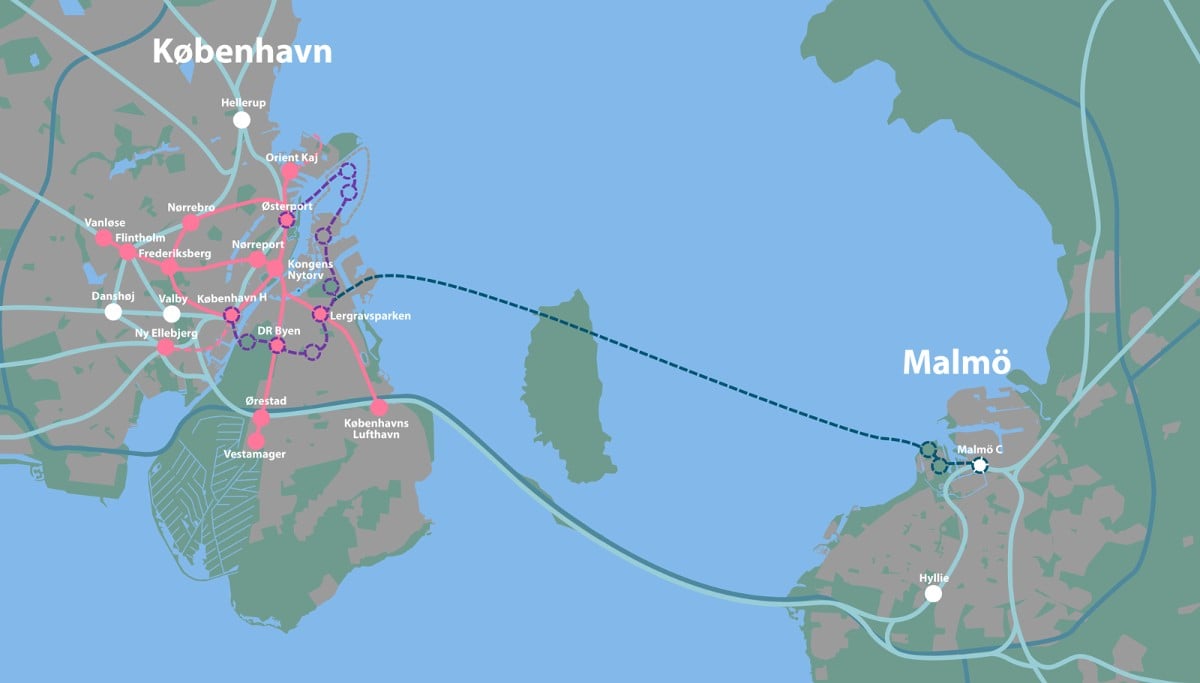The new law will target a specially designated zone in which fines for possession will be doubled even for a first offence. Any subsequent offence will lead to an immediate prison sentence.
In a press briefing, Justice Minister Peter Hummelgaard also announced “a massive police effort in the short term”.
The announcement by the government comes after a period of violence and shootings around the Pusher Street market in Christiania. The market is known for its illicit cannabis trade and has been since the 1970s, but the increasing presence of organised crime groups has resulted in violence and shootings.
A 30-year-old gang member was killed in the most recent such incident at the end of last month.´
Christiania’s residents association stated after the most recent shooting that they want Pusher Street to be closed down for good.
The double-punishment zones will mean that first offences for carrying and selling cannabis will result in a larger the fine than if the offence was committed outside of the zone.
Second offences will in principle be punishable by a prison sentence. The new rules will impact buyers as well as sellers in an effort to reduce demand, Hummelgaard said.
Pusher Street itself will meanwhile be closed permanently and not as a temporary measure, the minister underlined.
“This needs a fundamental physical transformation of the area around Pusher Street,” he said.
That means stores or homes could potentially be built at the location in future, he said. More detail on these plans is set to be presented by the government next week.
“If we want a sustainable solution and a permanent closure of Pusher Street, we need to learn from the past and do it right,” Hummelgaard said.
“We need to put in something new instead of what’s there today,” he said.
In addition to the harsher zone-based punishments, the government also wants to give police the power to detain people who violate bans from entering zones given as part of previous punishments.
The new rules will require parliament to vote through a change in the law, with a bill likely to be table when the new parliamentary session begins in October. The government has a parliamentary majority so the bill can be expected to succeed.
Hummelgaard was asked during the briefing for his thoughts on legalising the sale of cannabis as an alternative solution to increasing punishments and police powers.
“The must firstly and lastly be based on a medical discussion of how much it damages an individual,” he said.
With regard to punishing users, persons who have clear and long-term addiction should be given more lenient treatement which could entail a warning in the first instance, the government says. This will be made clear in the wording of the law according to Hummelgaard.
“It will be based on an assessment by the police,” he said, adding he did not believe this would create problems with properly enforcing the law.
Christiania is an autonomous “freetown” community for people devoted to a libertarian lifestyle, where decisions are taken collectively.
While soft drugs such as marijuana and hash are officially illegal, they are tolerated there, which has led to problems with drug trafficking and criminal gangs in the 34-hectare enclave.
Under Danish law, authorities have since 2019 been able to set up targeted zones where penalties are tougher than in the rest of the country.
They can be set up temporarily by the police in difficult neighbourhoods or at venues hosting major gatherings.





 Please whitelist us to continue reading.
Please whitelist us to continue reading.
Member comments